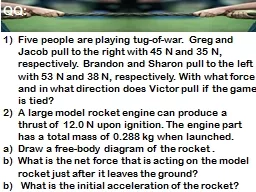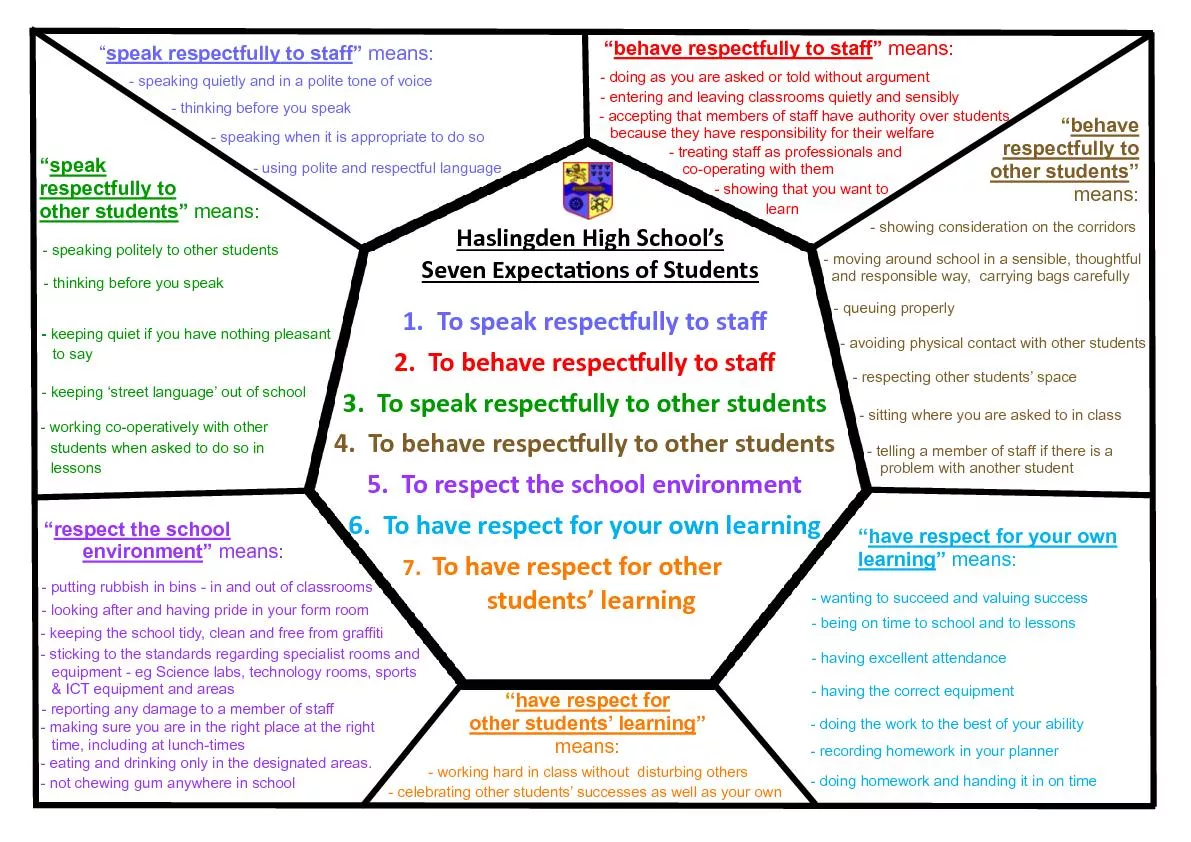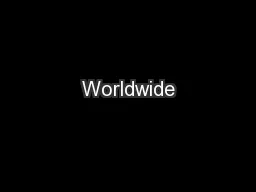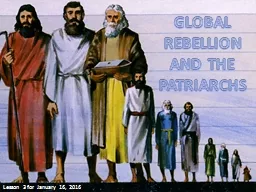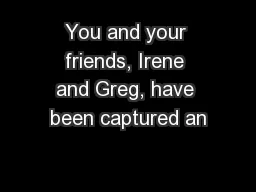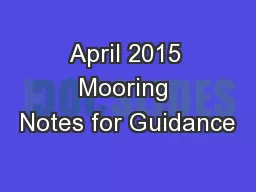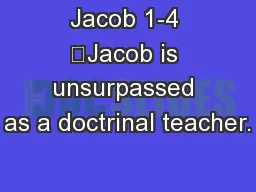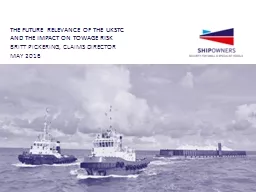PPT-QQ: Five people are playing tug-of-war. Greg and Jacob pull to the right with 45 N and
Author : aaron | Published Date : 2019-06-25
A large model rocket engine can produce a thrust of 120 N upon ignition The engine part has a total mass of 0288 kg when launched Draw a freebody diagram of the
Presentation Embed Code
Download Presentation
Download Presentation The PPT/PDF document "QQ: Five people are playing tug-of-war. ..." is the property of its rightful owner. Permission is granted to download and print the materials on this website for personal, non-commercial use only, and to display it on your personal computer provided you do not modify the materials and that you retain all copyright notices contained in the materials. By downloading content from our website, you accept the terms of this agreement.
QQ: Five people are playing tug-of-war. Greg and Jacob pull to the right with 45 N and: Transcript
Download Rules Of Document
"QQ: Five people are playing tug-of-war. Greg and Jacob pull to the right with 45 N and"The content belongs to its owner. You may download and print it for personal use, without modification, and keep all copyright notices. By downloading, you agree to these terms.
Related Documents

